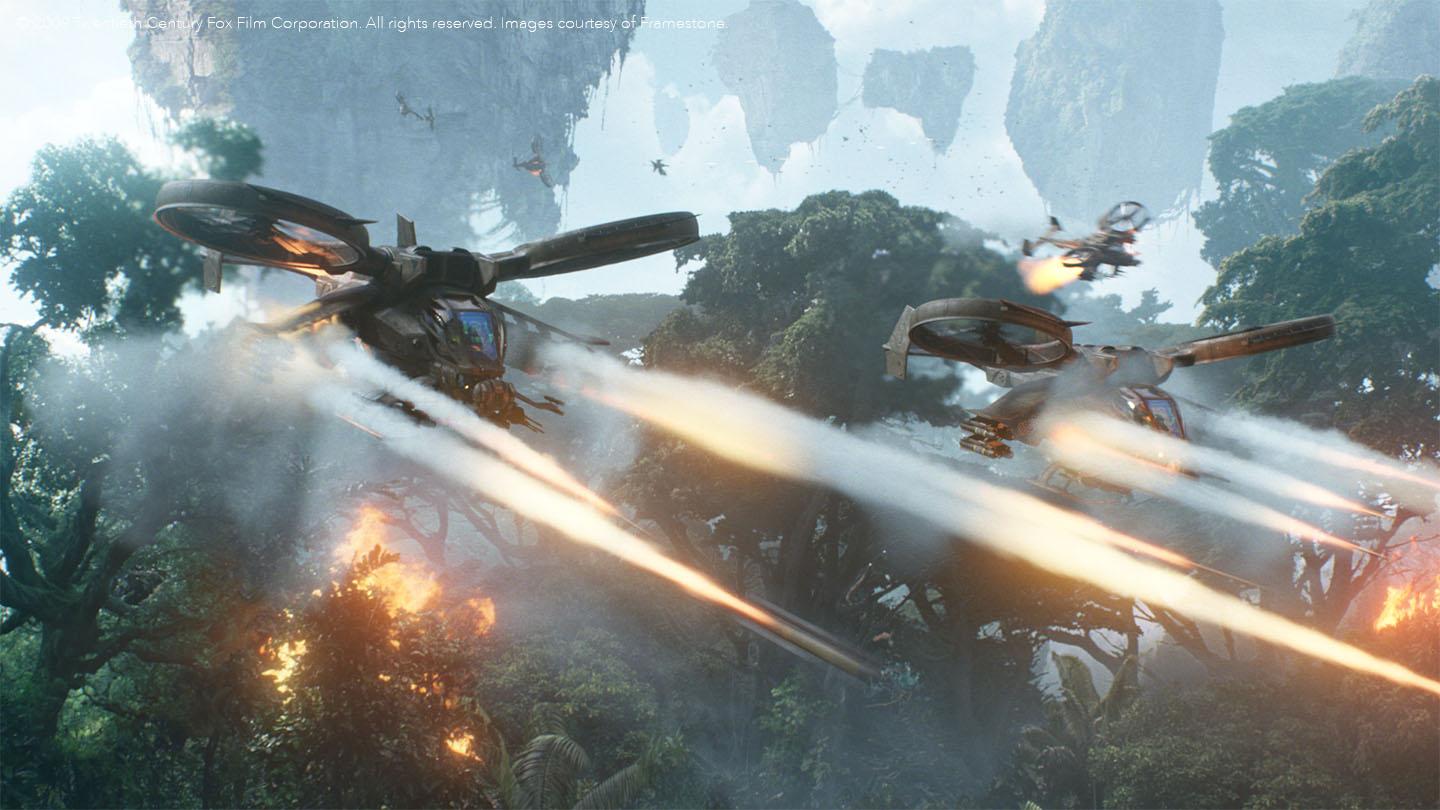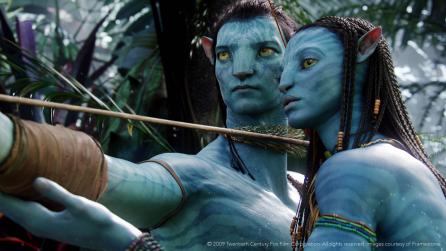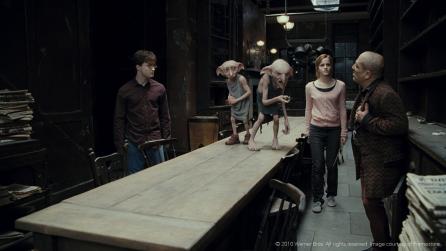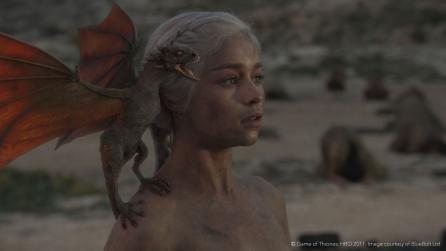Film and TV
Nuke and Ocula deliver stellar performances on Avatar
Nuke and Ocula helped to deliver James Cameron’s award winning vision for Avatar
From a technological point of view, Avatar was been hailed as the best film of 2009, worth every minute of its 162-minute experience. A massive 2,500 VFX shots, all rendered in stereo, were created by a handful of vendors worldwide, including major VFX vendors Weta Digital, New Zealand, Industrial Light & Magic (ILM) in San Francisco, and Framestore, London.
Details are now emerging of how these key studios variously deployed Nuke, Foundry’s VFX compositing software, and Ocula, its stereo manipulation toolset, to create the impressive and immersive 3D visual feast. Weta Digital took Nuke and Ocula site licenses midway through the movie’s postproduction, with ILM and Framestore also becoming Nuke site licensees in the summer and autumn of 2009 respectively. Here they reveal how they used Foundry’s software in the spectacular that is Avatar.
Robin Hollander, Weta Digital
Ocula was really fast and easy to use and produced great results.
Weta Digital
Weta Digital was responsible for the lion’s share of the VFX on Avatar – nearly 2000 shots - using Nuke and Ocula extensively throughout the film. The company is now nominated for Oscar and VES Awards.
Erik Winquist, compositing supervisor: Nuke was heavily used in Weta's matte painting department, projecting many image layers onto geometry to provide dimensionality and parallax to flat paintings. This was essential for the stereoscopic nature of the film and its dynamic camera moves. Our paint department also used Nuke frequently for doing rig, wire and marker removal, using projection onto cards, or set geometry, to create clean plates. A custom, python-scripted Nuke set-up was also frequently used to build 360° sky domes for a given sequence out of our in-house photographic sky library.
Nuke on hard-core live action: We adopted Nuke half way through post, and it was often preferred by our compositors where heavy live-action integration was involved. A few plate-based ground battle shots, and Neytiri's rescue of human Jake in the shack, are a couple of examples.
Ocula for matching color: We processed virtually all of the plates using either the Ocula ColorMatcher plug-in or a custom Nuke node group. This made use of Ocula's DisparityGenerator and NewView to do localised L/R color matching, ensuring that both eyes were as closely matched as possible for highlight/shadow and color levels.
Ocula for Vertical Alignment: We used Ocula's VerticalAligner on almost every live action shot (and even some all-CG shots), typically as the final step of a composite to remove the “keystoning” effect caused by toe-in convergence. We also used it to correct small vertical shifts between the two views. Both of these processes make the 3D stereo image more comfortable for the brain to fuse together.
Ocula proves vital: The Ocula plug-ins for Nuke became an impressive and invaluable toolset for us on Avatar. I wouldn’t want to dive into another stereo show without them in the arsenal.

Framestore
Christian Kaestner, Lead compositor: At Framestore speed and flexibility in VFX post is paramount. Nuke is simply incredibly fast and interactive, even in complex comps with several hundred nodes. The interactivity the artist gets from Nuke out of the box is impressive, and it even allows the supervisor to sit down with the artist to do an "interactive" session if needed. The flexibility Nuke brings to the table might even be a more powerful key point - not only for the artist, but also for the pipeline team. The ability to have Maya, Houdini and Nuke talk the same scripting language is a huge benefit for the pipeline and tool development.
Working on Avatar: Avatar for sure pushed technology to the limits – not just on the 3D or TD level of the project, but also at the compositing level. The number of CG layers an artist had to deal with per shot, just pure CG layers, was something we had never done before. Seeing Nuke deal with it made us confident that we were looking into something that wouldn't fall apart any time soon. Everything we had thought Nuke was capable of was put into to a larger-than-life scenario on Avatar, which demonstrated what Nuke is able to handle.
New Nuke tools: We needed many new tools in order to work on Avatar. Since we started with Nuke on Quantum Of Solace, our pipeline TDs have been impressed by how easy it is to write the necessary tools for Nuke and how many of their, already established, scripts they were able to re-use. Even more so on the Avatar pipeline, which had not even been fully completed. Being able to re-use and access Python scripts, and modules as classes, that were not even intended for use with Nuke, was just amazing.
Pleasant 3D viewing: Ocula also helped us on Avatar, mainly as a post process for the vertical alignment of the final composites of hybrid CG and live-action shots. One of Ocula's strengths is that it ultimately helps to provide the audience with a pleasant 3D viewing experience.


Industrial Light & Magic
Industrial Light & Magic took on 180 Avatar shots under the supervision of John Knoll. These included the 30-second jungle flyover, the floating mountains and the final battle sequence. The company’s work is now nominated for Oscar and VES Awards.
VFX supervisor John Knoll on Nuke: Nuke was an essential tool for us on Avatar. With such a challenging schedule the integrated stereo toolset and the thorough multi-processing support brought the productivity level of our compositors to new heights.
Compositing supervisor Eddie Pasquarello on Nuke: Nuke provided a robust, stereo compositing platform that allowed us the freedom to build a customized pipeline specifically for Avatar. Its speed and flexibility was crucial due to our tight schedule.


